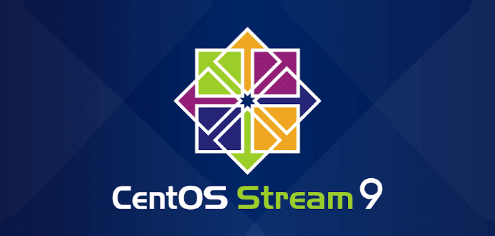
Initial Settings
To add user accounts on CentOS Stream Server, Configure like follows.
Step [1] For example, Add [centos] user.
[root@bizantum ~]# useradd centos
[root@bizantum ~]# passwd centos
Changing password for user centos.
New UNIX password: # input any password you'd like to set
Retype new UNIX password: # confirm
passwd: all authentication tokens updated successfully.
Step [2] If you'd like to switch to root account from a user added above, use [su] command to do so.
bizantum login: centos # login username
password: # input user password
[centos@bizantum ~]$ su - # switch to root
Password: # input root password
[root@bizantum ~]#
Step [3] If you'd like to limit users to run [su] command, configure like follows. On the example below, only users in [wheel] group can run [su] command.
[root@bizantum ~]# usermod -aG wheel centos
[root@bizantum ~]# vi /etc/pam.d/su
#%PAM-1.0
auth sufficient pam_rootok.so
# Uncomment the following line to implicitly trust users in the "wheel" group.
#auth sufficient pam_wheel.so trust use_uid
# Uncomment the following line to require a user to be in the "wheel" group.
# uncomment the following line
auth required pam_wheel.so use_uid
auth substack system-auth
auth include postlogin
account sufficient pam_succeed_if.so uid = 0 use_uid quiet
account include system-auth
password include system-auth
session include system-auth
session include postlogin
session optional pam_xauth.so
# verify settings with a user who is not in allowed group
[redhat@bizantum ~]$ su -
Password:
su: Permission denied # denied normally
Step [3] If you'd like to remove a user accounts, Set like follows.
# remove a user [centos] (only removed user account)
[root@bizantum ~]# userdel centos
# remove a user [centos] (removed user account and his home directory both)
[root@bizantum ~]# userdel -r centos









Comments
Post a Comment
Thank you for your comment! We appreciate your feedback, feel free to check out more of our articles.
Best regards, Bizantum Blog Team.